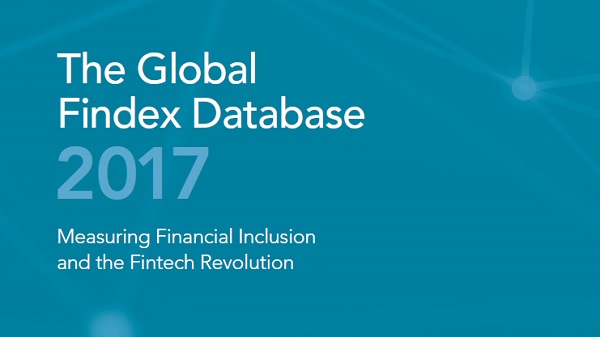
The Global Findex database is the world’s most comprehensive data set on how adults save, borrow, make payments, and manage risk. Here are 10 takeaways for Ethiopia from the newly released Global Findex (the 2017 Global Findex database).
By Mengistu Bessir (AfricaCan)
The World Bank Group (WBG), with private and public sector partners, set an ambitious target to achieve Universal Financial Access (UFA) by 2020. The UFA goal envisions that, by 2020, adults globally will be able to have access to a transaction account or electronic instrument to store money, send and receive payments. The WBG has committed to enabling one billion people to gain access to a transaction account through targeted interventions. Ethiopia is one of the 25 priority countries for UFA initiative.
So where does Ethiopia stand in terms of financial inclusion? The Global Findex database tracks how adults save, borrow, make payments, and manage risk. Here are 10 takeaways for Ethiopia from the newly released Global Findex.
Double digit growth in account ownership
In 2017, the percentage of adults with an account rose to 35%, up from 22% in 2014. Account usage has improved as well. Now 26% of adults save at financial institutions (as compared to 14% in 2014) and 11% borrow from financial institutions (as compared to 7% in 2014).
… but still Ethiopia lags behind other Sub-Saharan African countries
Despite this increase in account ownership, Ethiopia lags behind its neighboring countries. In Kenya, for example, 82% of adults have an account, while in Rwanda, account ownership stands at 50%. And in the region overall, 43% of adults have an account.
People rely more on informal institutions for their financial needs
Although 62% of Ethiopians reported saving money in the past year, only 26% saved formally at financial institutions, while 38% saved with a person outside of a family or at an informal saving club (for example, Iqub is a rotating saving and credit association where each member agrees to regularly pay a small sum into a common pool so that each, in rotation, can receive one large sum). During the same period, 41% of Ethiopians said they borrowed money, but only 11% borrowed from financial institutions. The rest borrowed from family or friends (31 percent) and 8% borrowed from a saving club (8%).
The gender gap is widening
Women account for a disproportionate share of the unbanked, and the gap is widening. In 2017, the gender gap jumped to 12% from being virtually insignificant in 2014!
Now, 41% of men have an account, compared to 29% of women, whereas in 2014 account ownership was essentially even, with 23% of men and 21% of women with an account.
Account ownership among men has nearly doubled in three years, but for women it has increased by only eight percentage points.
Read the complete story at AfricaCan End Poverty
